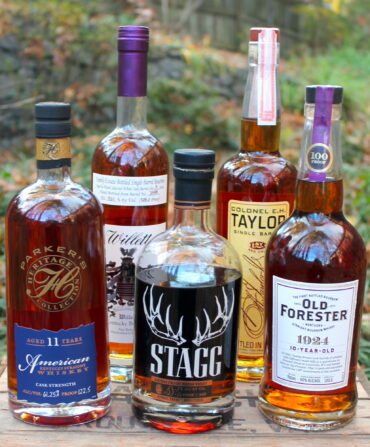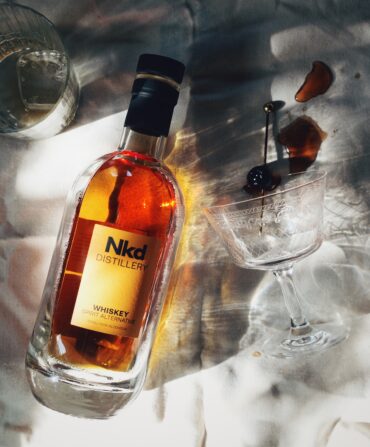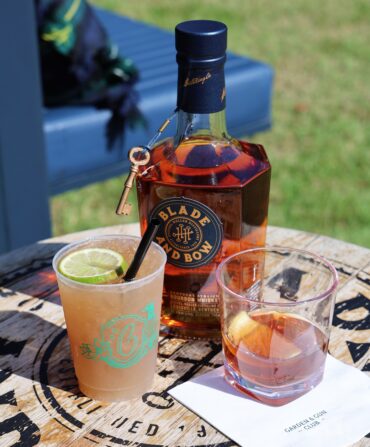In late December, Amanda Humphrey and a Lagotto Romagnolo named Star paid a visit to NewTown Truffiere, Margaret Townsend’s twenty-five-acre truffle orchard outside Scottsville, Kentucky. Humphrey, who oversees guest experiences at Maker’s Mark’s Star Hill Farm and looks after Star, had brought the then-sixteen-month-old pup for a truffle-hunting lesson from Townsend and her trained Lagotto, Luca. “I was talking with Margaret, and Star came up behind me with a truffle in his mouth like he was saying, ‘Mom, is this what you’re looking for?’” Humphrey recalls. “After that, he was nose to the ground. It was like a switch went off.”
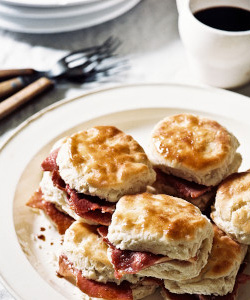
Star is now the resident truffle hunter at Maker’s Mark’s 1,100-acre farm in Loretto, Kentucky, which is open for tours and home to a white oak research forest, honey, mushrooms, Wagyu beef cattle, herbs, and, yes, native Southern truffles. Along with incorporating other ingredients from the farm into its food and drink offerings, the distillery is working to expand its truffle program, which is where Star will shine.

Initially bred in Italy during the Renaissance to retrieve waterfowl, the Lagotto transitioned to the role of truffle dog as duck hunting waned in the 1800s. Truffle hunting has long been a lucrative pastime in Europe, with successful locations kept as closely guarded secrets and often passed down from generation to generation. Pigs were traditionally used to hunt truffles, but a person walking into a forest with a pig was conspicuous—and the pigs were also prone to scarfing down the delicacies as quickly as they found them. Enter the Lagotto.
While other breeds can be trained to hunt truffles, Lagotti are particularly well-suited to the task with their keen sense of smell, intelligence, and drive. Star comes from a breeder in Kentucky, whose stock also includes a best-in-breed winner at the Westminster Kennel Club Dog Show. “We don’t necessarily need show dogs to be good truffle dogs,” Townsend says, “but we need dogs with good structure and stamina because they work hard in the field.”
When a trained Lagotto gets onto a truffle, he’ll move from side to side to locate the edges of the cone-shaped scent emanating from the ground and follow it to its source. He’ll then lightly paw or point to mark the spot so his handler can gently excavate the prize—and the dog can earn his reward. Humphrey says Star’s favorite training treats are pieces of Kenny’s Farmhouse Cheese (made in Austin, Kentucky) and bits of country ham. “He’s such a Kentucky truffle hunter.”
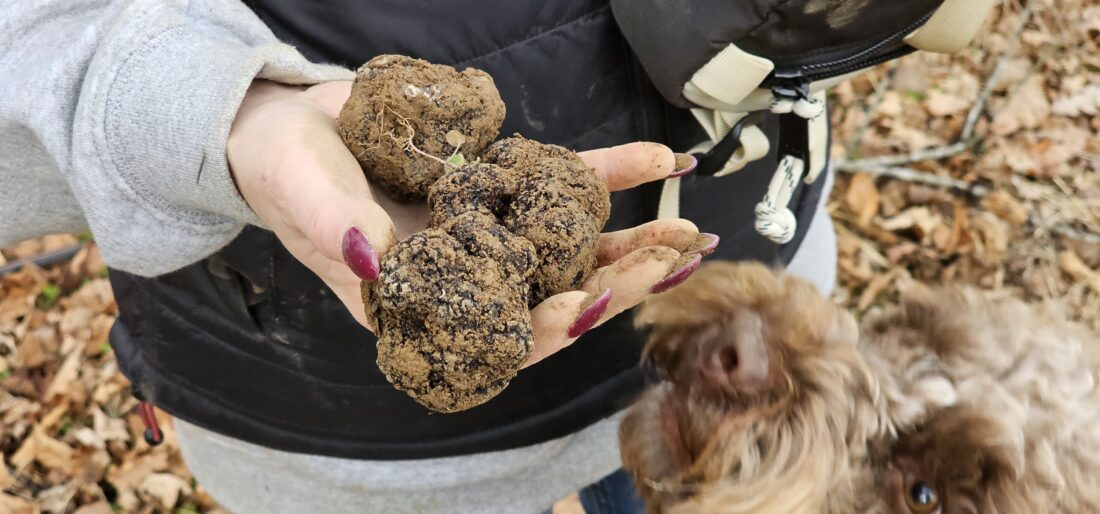
While the Pacific Northwest remains the locus of truffle hunting in the United States, truffle cultivation and native varieties have been gaining ground in the South as more chefs incorporate them into their cuisine. “Our weather patterns and climate in the Southeast—in Kentucky, Tennessee, North Carolina, and Virginia—closely resemble the Périgord region of France,” Townsend says. “So we have a huge advantage in the South for truffles.”
Compared to the large black truffles found in Southern France, native Appalachian truffles (Tuber canaliculatum) are smaller and more compact with a distinct aroma and flavor, Humphrey explains. “They have notes of like a funky, runny French cheese—in a good way—with a delicious umami flavor,” she says. “They work wonderfully with bourbon.” Using truffles Star unearthed during more recent trips to Townsend’s orchard, mixologists at Maker’s Mark created a cocktail that includes Campari, a Louisville-made pecan liqueur, and fat-washed bourbon made with truffle-infused butter.
When Humphrey first invited a truffle hunter and his Lagotto to visit Star Hill Farm, in early 2020, she didn’t expect much. But after a few minutes sniffing around the base of what’s known as the “mother tree,” a giant white oak estimated to be at least three hundred years old, the dog found a cache of wild truffles. “We sent them off for testing and found that they’re part of the family that includes pecan truffles (Tuber lyonii), but a species that’s not yet been named,” Humphrey says. “We’re in the process of naming it the Kentucky Winter White Truffle.” The distillery recently planted a four-acre orchard with trees inoculated with Appalachian truffle spores, as well as Kentucky Winter Whites. This October it will host the annual congress of the North American Truffle Growers’ Association.
Though it will take at least five years for the orchard to begin producing, Star stays busy honing his skills on Townsend’s property and sniffing out truffles growing wild on the farm. When he isn’t on the hunt, guests at the distillery can usually find him in his large kennel across from a small mushroom quarry or making the rounds with Humphrey. (He gives a wide berth to the distillery’s resident cat, Whisky Jean, whose favorite perch is a chair in the visitor’s center.)
The rest of his time he spends at home with Humphrey and her English bulldog, Albert. (Humphrey was raised in the U.K., after all.) She says Star will often curl up on her truck’s center console with his head nestled against her shoulder and doze on the ride home. “He’s obsessed, and he has so much drive,” she says of his truffle-hunting zeal. “He runs rings around Albert, but they get along just fine.”



